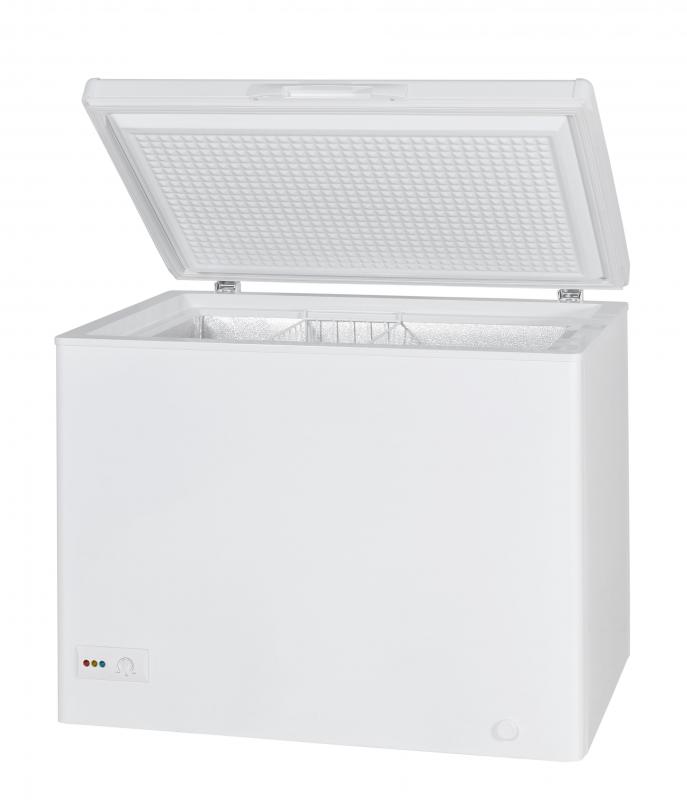At WiseGEEK, we're committed to delivering accurate, trustworthy information. Our expert-authored content is rigorously fact-checked and sourced from credible authorities. Discover how we uphold the highest standards in providing you with reliable knowledge.
What Are the Best Tips for Food Preservation?
Effective food preservation efforts rely significantly on using the proper storage technique, whether that is proper packaging before freezing, proper sterilization and other preparations prior to canning, or simply putting refrigerated foods in the refrigerator and dry goods in the pantry. Temperature plays a major role in food preservation, because some foods that would spoil quickly at room temperature might last for months with a bit of refrigeration. Packaging also is important, whether a food is left in its original container or transferred to a different one at some point.
Proper food preservation in the freezer can keep some foods safe and nutritious for months, saving money in the process by allowing bulk purchases of sale items that otherwise would spoil before they could be eaten. Foods to be put in the freezer should first be sealed in leak-proof, moisture-resistant packages such as freezer bags and then kept at 0° Fahrenheit (about -17° Celsius). Freezers are most efficient when full but not overloaded. Packages that are in the process of freezing should be placed in the coldest section of the freezer with enough space between them for air to circulate, while fully frozen packages can be stored close together. Packages should be labeled with a note about the contents and the date on which they were frozen.

Dairy-based foods require proper storage in a refrigerator. Food preservation involving dairy-based foods is, again, not just a matter of food safety but also of cutting costs, because dairy spoils quickly when not refrigerated. Most dairy foods will do well at temperatures of 34° to 40° F (about 1° to 4° C). Spoilage will quickly occur once temperatures climb above 40° F (about 4° C). All dairy foods should be kept covered and stored in the main part of the refrigerator, because the temperature of products stored on the door can fluctuate.

Salmonella and E-coli are two examples of bacteria that can cause illnesses if meat is improperly stored and food preservation efforts fail. Meat, as well as fish and poultry, should be stored in the coldest part of the refrigerator and kept around 37° F (about 3° C). Meat that is used in meals to be frozen should be fully cooked before freezing to prevent illness.

Dry goods often present a food storage problem, because it is not always obvious when to throw them out. The expiration dates on dry goods should be adhered to and all foods should be stored in their original containers or in airtight containers that are labeled with the expiration date and contents. Some foods are safe if the expiration date has passed but will not be as nutritious or flavorful.

Fruits and vegetables benefit from good food preservation. Food storage methods vary depending on the kind of fruit or vegetable. Bananas should not be refrigerated unless fully ripe, for example, while citrus fruits should not be washed before storing to discourage moisture-related spoilage. Onions, yams, potatoes and sweet potatoes do not need to be refrigerated, while beans need to be in moisture-proof bags in the crisper drawer.

Preserving foods — particularly fruits and vegetables — for long-term storage and use is another cost-cutting method of food preservation. People often preserve fresh-picked summer fruits and vegetables in glass jars with good seals for consumption during winter months when some of those items are hard to come by. The key to successful canning as a food preservation method is to properly sterilize all tools used in the process — including the jars, seals and lids — and to properly prepare the foods in question before packaging them up for storage.
AS FEATURED ON:
AS FEATURED ON:



















Discuss this Article
Post your comments